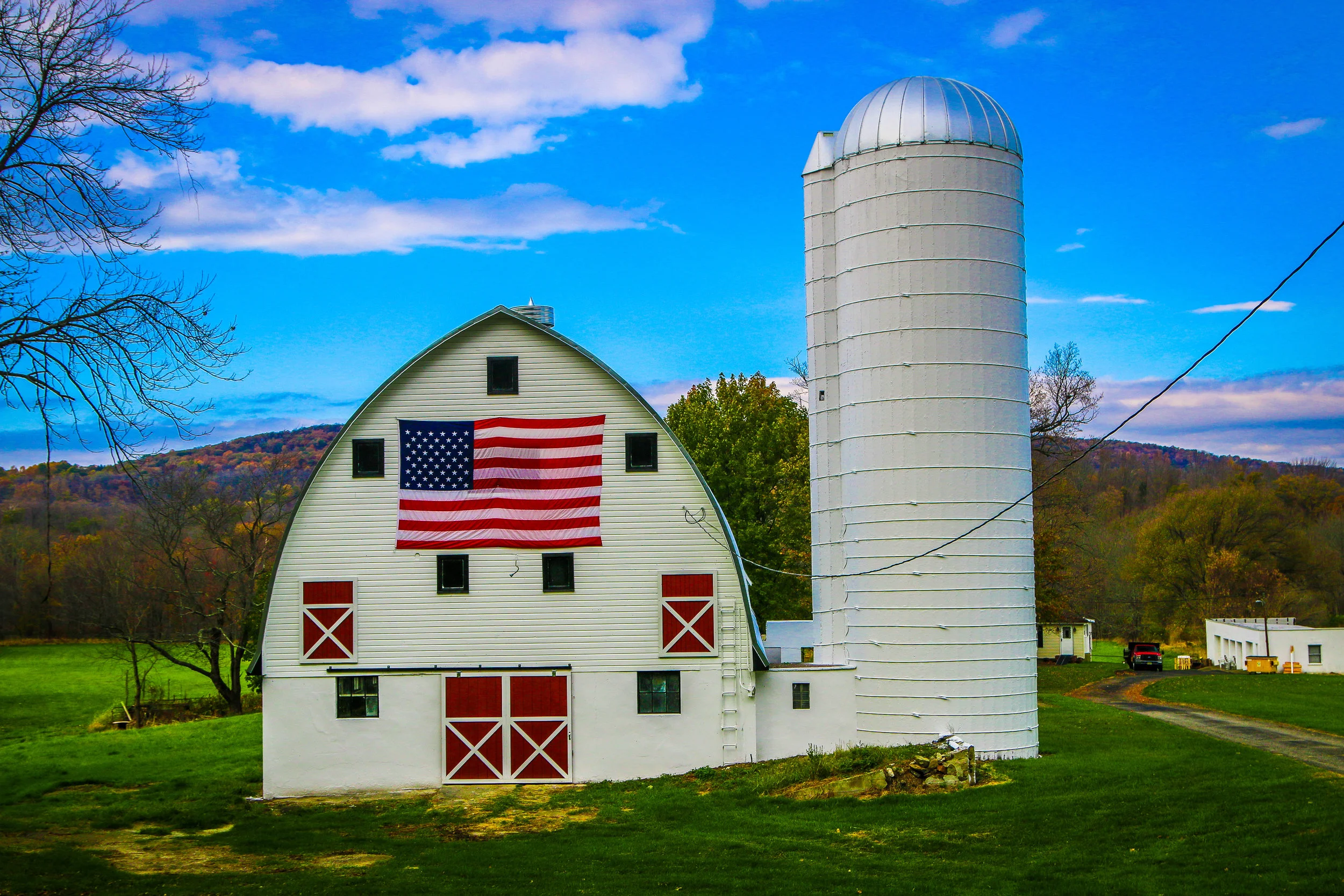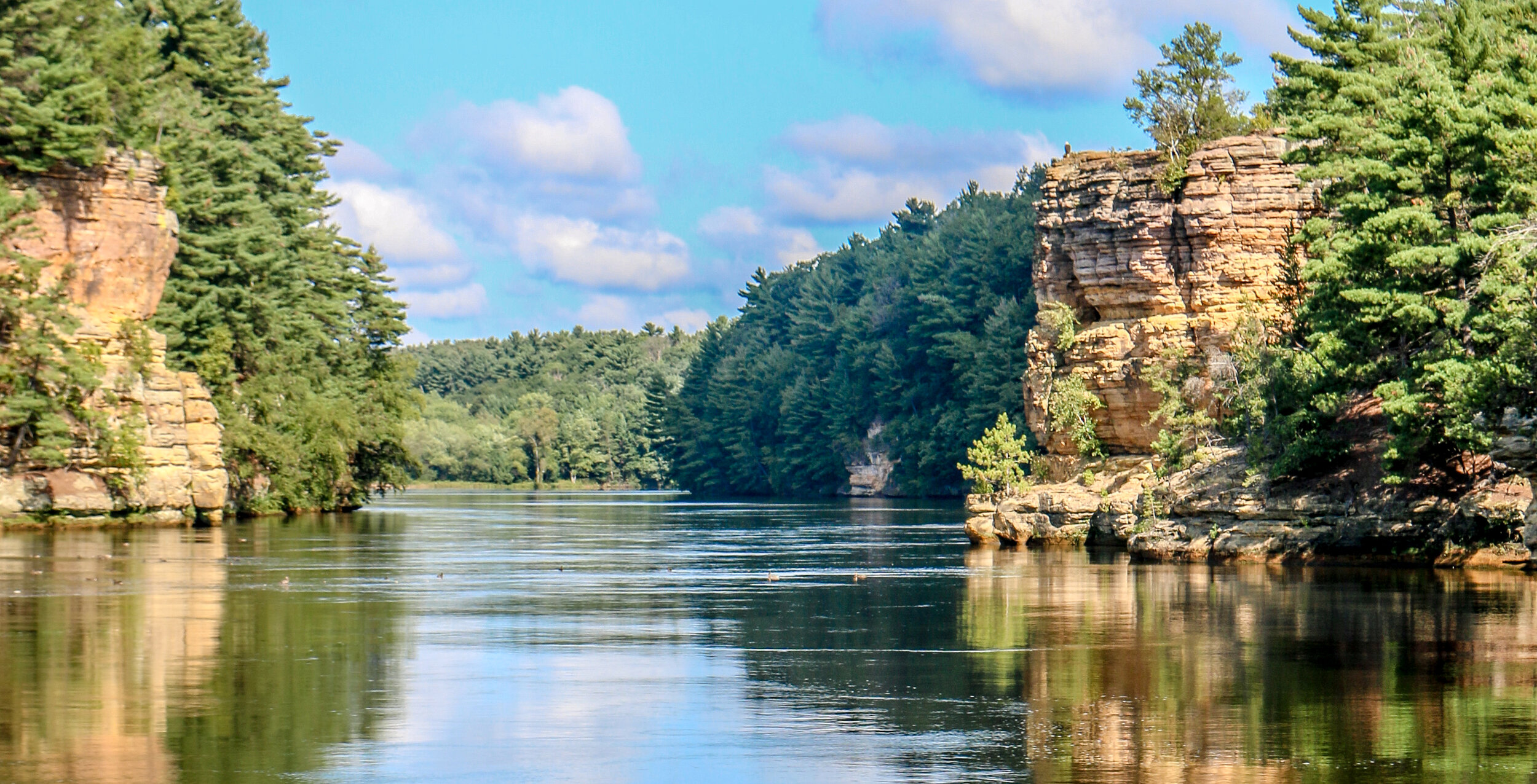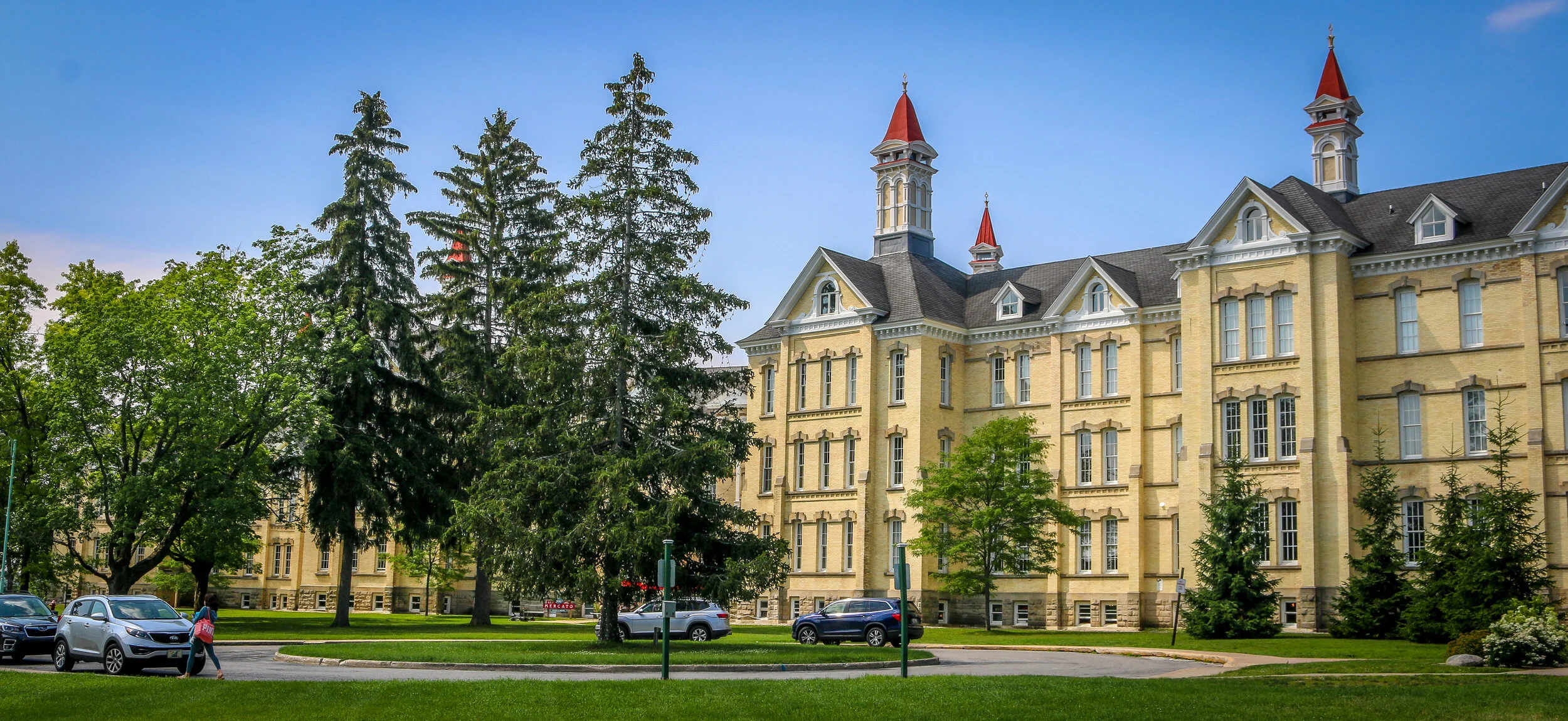Hello Everyone! Well I’m a day late and a dollar short, but what else is new? It’s been an amazing week out here on the west coast of Michigan, probably the best so far. I just got back from a wonderful 3 day, 2 night stay on lovely South Manitou Island in Sleeping Bear Dunes National Lakeshore and was hoping I would have time to get my newsletter done last night, but I was simply too tired and couldn’t get to it until today. Better late than never, though, and it was definitely worth the delay! It’s been such a busy week that it’s hard to imagine it all happened in one week, but that’s how it is sometimes. Before I get into the details of the week though, I’ve had some things come into my head this week and thought I’d share them here.
The first came from an old college friend from Penn State this week. He is on vacation with his family and wrote on Facebook about an 850+ mile day they had driving across several states. I simply can’t imagine doing that on a vacation – I’ve done it in my professional life as a tour bus driver, but never with passengers on board – and it was never a good time. I know I have another college friend and his family who are on a 14 day trip from New Orleans to California which is a little more reasonable but still a lot of miles for a family to cover. As you know, I’m obviously a fan of slow travel and smaller destinations, but I bring these up for a couple of reasons. First, because Americans put up with way too little vacation time, forcing these ridiculous cross-country sprints to try and make the most of what little time people have. I don’t know if people have any idea that much of the developed world has a minimum (by law) of 6 weeks’ paid vacation. Americans work too much and I wish they had more time off to enjoy this wonderful country and all it has to offer. With the decline of unions and our politicians in the back pockets of big businesses on whom they depend for campaign dollars, nobody is advocating for workers in the U.S. right now. My hope is that the current scramble for employees might turn that trend, even just a little bit. 10 days off a year is simply not enough to recharge your batteries, especially if you want to go see something during your time off. I wish this situation was different.
The second came from an old high school friend of mine, but was along a similar line. He posted something vague and somewhat worrisome this week about reaching the end of his rope. As I always try to do when it seems like someone is calling into the darkness for help, I sent him a private message with my phone number in case he really had nobody to talk to. We haven’t been in touch much since graduating from high school, now over 25 years ago, but he’s still a friend and someone I share a common past with. After I reached out, he sent me a message saying he wanted to come ride around with me for a while. I told him to come on up to Michigan and we’d go have some fun and catch up and he could get out of town for a while and clear his head. I don’t think he’s going to come, of course (although he’d be welcomed if he did), but it’s nice that I can give him something else to think about – an escape from the demons in his head right now. He was basically telling me he was overworked and underpaid and the day-in and day-out of it was really starting to wear on him. Again, I think if he had some time to get away and clear his head at some point during the year, he might not be in the mental state he is in now. I know in this country we hear about how “America is the greatest country in the world” all the time, but the people that shout that the loudest are usually those who haven’t spent a lot of time outside of the U.S. I love this country and most of the people in it for many reasons, but how our companies treat their workers isn’t one of them. When people ask me when I’m going to get a “real job”, I often tell them when I am offered a decent salary and a month’s vacation and I’m not kidding about that. I know a lot of people have to work these hours in these jobs and have families to support, and I definitely understand, but I’m still incredibly sympathetic as to how hard it is to work and do anything else. From watching your health to enjoying a hobby or taking a real vacation somewhere, it’s incredibly difficult to do when you’re overwhelmed by work all the time. We may have a tremendous GDP, but the quality of life of the average American could definitely be improved upon. Okay, enough of that…
When I left off last week, I was in Holland, Michigan and headed north. I made my way out to Grand Rapids for two days, but was very unimpressed by it. I tried. I tried really hard to find what the big deal is about it. After 2 days, I decided it wasn’t there to be found and I took off. I did run a permanent orienteering course about 20 minutes out of town at Siedman Park which I enjoyed. The mosquitoes ate me alive, but I loved exploring the park with my map and compass and tracking down the markers in the woods. I also enjoyed visiting the Founders Brewery while I was in Grand Rapids as well. It was the first big brewery I’ve been to in a while and definitely one of Michigan’s most widely known. I didn’t get into the brewery itself, although I could see it through the windows and smell it from the vents, but they had a nice taproom on the premises which was great. I love visiting breweries which I know and trying the beers that don’t make it out to the mass market. I can definitely report that those guys know what they’re doing and their small-batch brews are as good as their mass-produced ones, or better. Another highlight of my time in Grand Rapids was a little tiki bar called Max’s South Seas Hideaway which was an authentic tiki bar and very well put together. The atmosphere was perfect, the staff was great and their cocktails were pretty spot-on. I finished my month in Hawaii two years ago this week, so it was nice to sit at Max’s and think about those wonderful days in the South Pacific. Beyond those wonderful spots, I found Grand Rapids drab and lifeless and desperately in need of some beautification. The region it is in is amazing, and as a base of operations to work from, I can see the appeal. As a city though, it was less than impressive.













